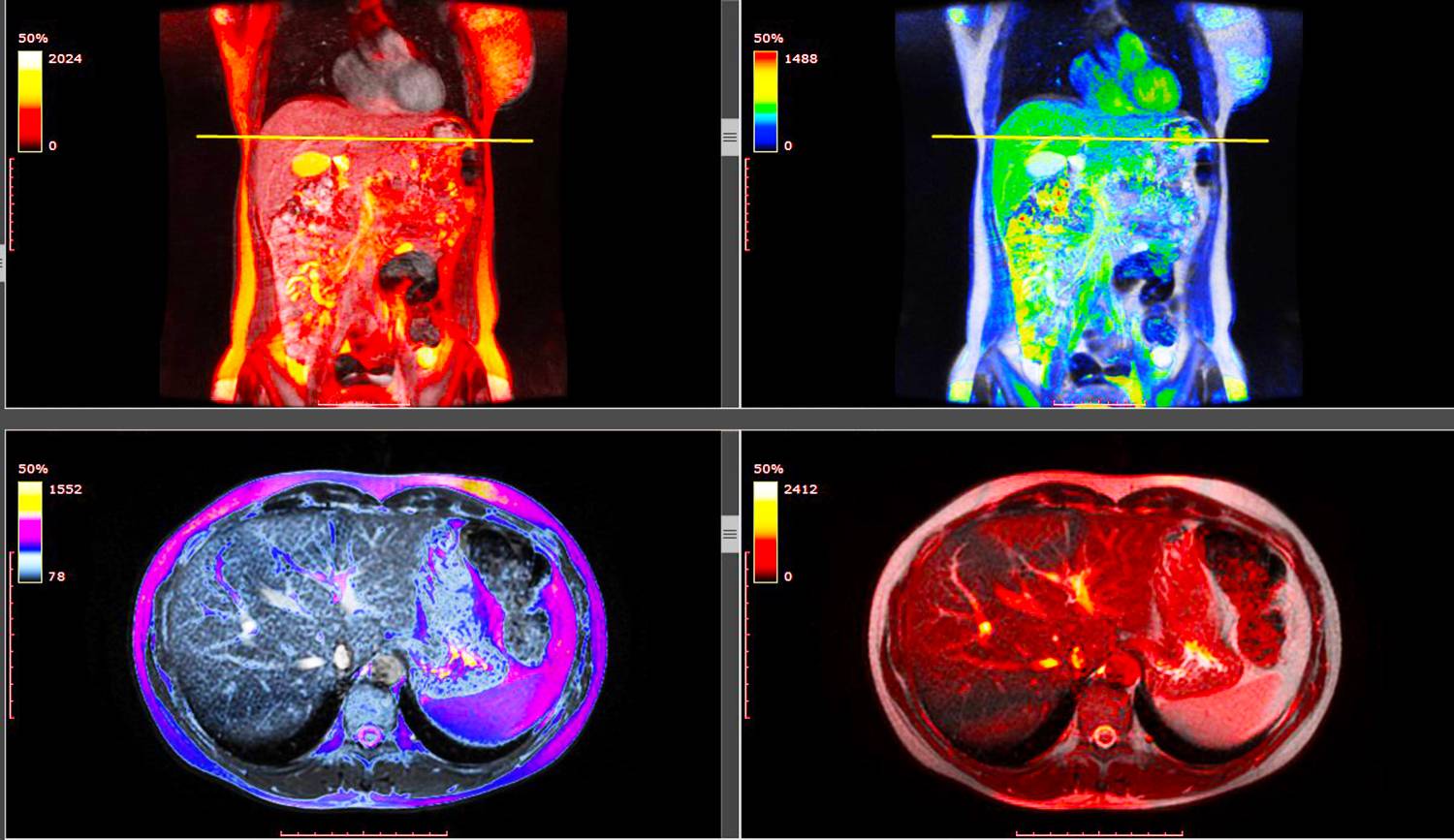Although COVID-19 is generally thought of as a respiratory disease, it also manifests in and can be acquired through the gastrointestinal system [1]. The latter capability of the gastrointestinal system to be the entry point for the novel coronavirus exists because angiotensin converting enzyme 2 (ACE2) receptors, through which SARS-CoV-2 enters lung cells as a mode of infection, are also present in the digestive tract [2]. This makes fecal-oral transmission a possibility, a danger which has been tested for and supported through analyses of existing data surrounding COVID-19 transmission [1,3]. However, the importance of this potential means of infection is somewhat mitigated by the fact that current WHO guidelines for preventing transmission of the virus would help prevent infections derived from the gastrointestinal system as well as those derived from the respiratory system [4].
Regardless of whether the original site of infection occurred in the lungs or in the gut, COVID-19 infection frequently causes gastrointestinal symptoms for patients. Common gastrointestinal symptoms of COVID-19 are emesis, diarrhea, or abdominal pain, which often present in the early phases of the disease [5]. The novel coronavirus has also been shown to cause gut dysbiosis, or unfavorable alterations of the gut microbiome (frequently involving a reduction in gut microbial diversity) [5,6]. In fact, recent studies have revealed a correlation between a compromised gut microbiome, which is linked to IBD and colitis incidence, and a more severe course of illness and worse outcomes for patients with COVID-19 [6,7]. The authors of one of the studies went on to propose that probiotics could thus potentially be helpful as a supplemental therapy for those infected with the novel coronavirus [6].
Aside from contributing to the symptoms described above, COVID-19 has been associated with several long-term gastrointestinal symptoms. Though there is not yet clear evidence to show that the virus is the causative agent in these cases, there have been some reports of patients for whom functional GI symptoms were triggered by COVID-19 infection [8]. These reports are supported by the fact that SARS-CoV-2 RNA can be detected in fecal specimens of 54% of COVID-19 patients and are detected in 23.29% of patients for whom negative results were obtained through tests with respiratory samples. This suggests that the virus may persist longer in enterocytes than in respiratory epithelial cells and points toward the possibility of long-term adverse gastrointestinal outcomes for COVID-19 patients [9].
Given the prevalence of gastrointestinal symptoms of COVID-19, as well as existing unanswered questions about the lung-gut microbiome axis and potential long-term gastrointestinal consequences of COVID-19 infection, it is clear that the virus is more than a respiratory disease. More research is necessary to clarify the impact of SARS-CoV-2 on the gastrointestinal system. Furthermore, effective communication with the public about what is and is not known about the virus’s extra-respiratory manifestation is critical in order to prevent the unfortunately common perception of the virus as a “flu-like” illness which younger, healthier individuals do not need to avoid.
References
(1) Tian, Y.; Rong, L.; Nian, W.; He, Y. Review Article: Gastrointestinal Features in COVID-19 and the Possibility of Faecal Transmission. Aliment. Pharmacol. Ther. 2020, 51 (9), 843–851. https://doi.org/10.1111/apt.15731.
(2) Ni, W.; Yang, X.; Yang, D.; Bao, J.; Li, R.; Xiao, Y.; Hou, C.; Wang, H.; Liu, J.; Yang, D.; Xu, Y.; Cao, Z.; Gao, Z. Role of Angiotensin-Converting Enzyme 2 (ACE2) in COVID-19. Crit. Care 2020, 24 (1), 422. https://doi.org/10.1186/s13054-020-03120-0.
(3) van Doorn, A. S.; Meijer, B.; Frampton, C. M. A.; Barclay, M. L.; de Boer, N. K. H. Systematic Review with Meta-Analysis: SARS-CoV-2 Stool Testing and the Potential for Faecal-Oral Transmission. Aliment. Pharmacol. Ther. 2020. https://doi.org/10.1111/apt.16036.
(4) Transmission of SARS-CoV-2: implications for infection prevention precautions https://www.who.int/publications-detail-redirect/modes-of-transmission-of-virus-causing-covid-19-implications-for-ipc-precaution-recommendations.
(5) Villapol, S. Gastrointestinal Symptoms Associated with COVID-19: Impact on the Gut Microbiome. Transl. Res. 2020, 226, 57–69. https://doi.org/10.1016/j.trsl.2020.08.004.
(6) Din, A. U.; Mazhar, M.; Waseem, M.; Ahmad, W.; Bibi, A.; Hassan, A.; Ali, N.; Gang, W.; Qian, G.; Ullah, R.; Shah, T.; Ullah, M.; Khan, I.; Nisar, M. F.; Wu, J. SARS-CoV-2 Microbiome Dysbiosis Linked Disorders and Possible Probiotics Role. Biomed. Pharmacother. 2021, 133, 110947. https://doi.org/10.1016/j.biopha.2020.110947.
(7) Henry, B. M.; de Oliveira, M. H. S.; Benoit, J.; Lippi, G. Gastrointestinal Symptoms Associated with Severity of Coronavirus Disease 2019 (COVID-19): A Pooled Analysis. Intern. Emerg. Med. 2020, 15 (5), 857–859. https://doi.org/10.1007/s11739-020-02329-9.
(8) de Clerck, F. Longstanding Gastrointestinal Symptoms after COVID-19. Acta Gastro-Enterol. Belg. 2020, 83 (4), 671.
(9) Leung, T. Y. M.; Chan, A. Y. L.; Chan, E. W.; Chan, V. K. Y.; Chui, C. S. L.; Cowling, B. J.; Gao, L.; Ge, M. Q.; Hung, I. F. N.; Ip, M. S. M.; Ip, P.; Lau, K. K.; Lau, C. S.; Lau, L. K. W.; Leung, W. K.; Li, X.; Luo, H.; Man, K. K. C.; Ng, V. W. S.; Siu, C. W.; Wan, E. Y. F.; Wing, Y. K.; Wong, C. S. M.; Wong, K. H. T.; Wong, I. C. K. Short- and Potential Long-Term Adverse Health Outcomes of COVID-19: A Rapid Review. Emerg. Microbes Infect. 2020, 9 (1), 2190–2199. https://doi.org/10.1080/22221751.2020.1825914.
